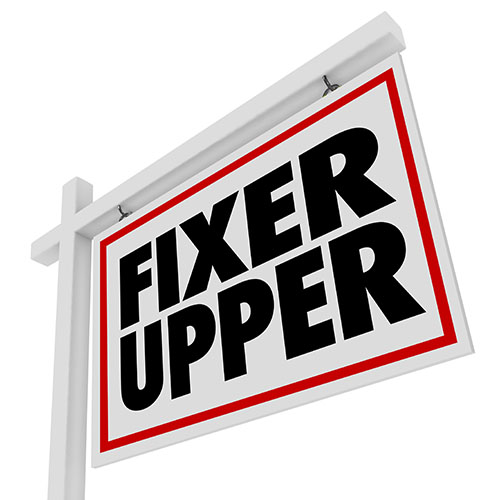How to Pack Weird Shaped So They Are Free From Damage
 If you are like a lot of homeowners who have just sold their homes, packing up to move is the least enjoyable aspect of the whole thing. Packing is always time consuming, but it is worse when you have weird shaped items to pack. Sometimes the most commonly used items end up being difficult to pack.
If you are like a lot of homeowners who have just sold their homes, packing up to move is the least enjoyable aspect of the whole thing. Packing is always time consuming, but it is worse when you have weird shaped items to pack. Sometimes the most commonly used items end up being difficult to pack.
Here are some tips for how to handle it.
Think Outside The Box
Many weird shaped items either do not fit inside a standard sized box or they will rattle around and get damaged. Try to think of unusual packaging materials that might fit the bill, such as egg cartons, cardboard paper towel tubes, insulated coolers and even file cabinet drawers. Often, you will be able to fit a odd or strangely shaped item into one of these.
- For instance, sharp knives can be tucked into paper towel tubes. Fold the two ends down and tape shut.
- Your kids rock or shell collection can be packed inside egg cartons, layered with newspaper and taped up.
- A delicate light fixture such as a small chandelier can be packed into an insulated cooler and surrounded with Styrofoam peanuts.
Deal With Sporting Goods And Gardening Equipment
Sporting goods pose a particular challenge when packing. If your family engages in water sports, archery or other activities, you will be wondering how to pack things like fins, a crossbows, skis, and other expensive but weirdly shaped equipment. Here are some ideas.
- Pack snorkeling and scuba gear into a large, new, plastic trash barrel. The fins will be able to fit on end so they get warped, and there will be plenty of room for masks, snorkels and scuba tank, if necessary.
- Use a specially designed television box to pack a cross bow and arrows or any other item that?s flat and wide.
- Ski poles will fit nicely into a bicycle box (along with the bicycle). You can get one from a local dealer or buy one from the moving company. Secure the poles with a zip tie first.
- Wrap up garden shovels and hoes with a zip tie and pack them into their own bicycle box. You can use the same box to pack rolled up tents, sleeping bags and other camping gear.
You can see that with a little ingenuity there is always a way to pack weird shaped items. Be forewarned though – the stranger the item, the more creative you may have to get!

 If you’ve expressed any interest in buying a home that you can work on, your real estate agent may present you with one or two fixer upper properties for your consideration. Fixer upper homes can offer good value for certain kinds of homebuyers.
If you’ve expressed any interest in buying a home that you can work on, your real estate agent may present you with one or two fixer upper properties for your consideration. Fixer upper homes can offer good value for certain kinds of homebuyers. As a homeowner, there are numerous situations in which someone might need a home service professional. On the other hand, this can also create a sense of vulnerability because people might not know who to choose. In order to find the right home service professional, there are a few tips that people need to follow.
As a homeowner, there are numerous situations in which someone might need a home service professional. On the other hand, this can also create a sense of vulnerability because people might not know who to choose. In order to find the right home service professional, there are a few tips that people need to follow.